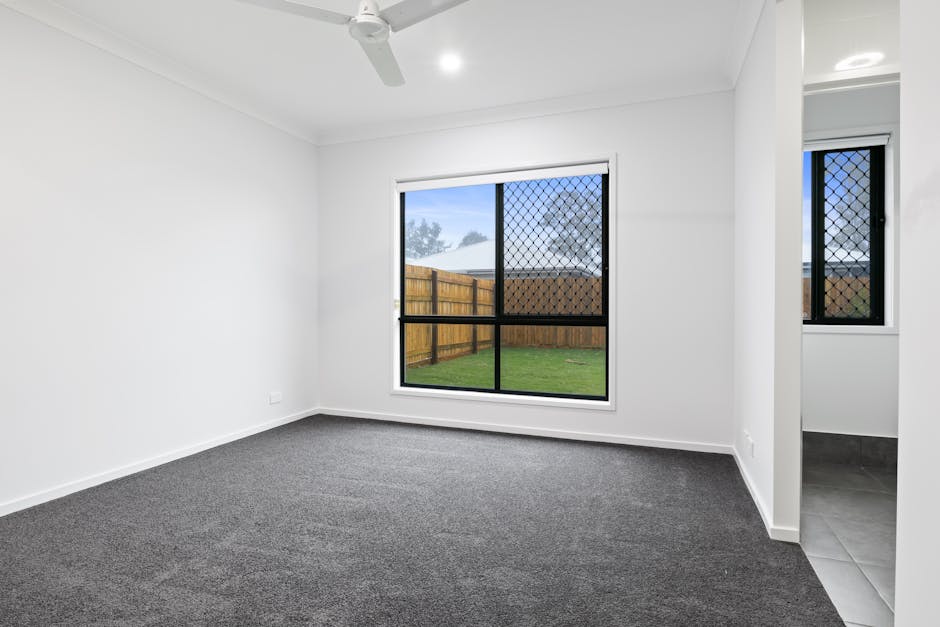Australia, once celebrated for its high quality of life and relatively affordable living, is now grappling with a housing crisis that has left many residents and experts labeling it as “impossibly unaffordable.” The dream of homeownership, long considered a cornerstone of the Australian lifestyle, is slipping out of reach for an increasing number of citizens. This alarming trend is reshaping the socio-economic landscape of the country, sparking debates about inequality, policy failures, and the future of urban living.
The Crisis in Numbers
Recent reports and studies paint a grim picture of Australia’s housing market. According to the 2023 Demographia International Housing Affordability Survey, Sydney and Melbourne rank among the least affordable cities globally, with median house prices soaring to more than 12 times the average household income. In Sydney, the median house price has eclipsed AUD 1.3 million, while Melbourne hovers around AUD 900,000. Even regional areas, once considered affordable alternatives, have seen prices skyrocket as urban dwellers flee the cities in search of cheaper options.
First-home buyers are particularly hard-hit. The average deposit required to purchase a home has ballooned to nearly AUD 150,000, a sum that takes years, if not decades, for many young Australians to save. Meanwhile, rental prices have surged, with vacancy rates at historic lows. In cities like Brisbane and Perth, renters are facing increases of up to 20% annually, forcing many to downsize, relocate, or face housing insecurity.
The Root Causes
Several factors have converged to create this crisis. Supply shortages are a significant driver. Australia’s population growth, fueled by immigration and urbanization, has outpaced the construction of new homes. Zoning laws, bureaucratic red tape, and a lack of investment in affordable housing projects have further exacerbated the issue.
Investor activity has also played a role. Tax incentives, such as negative gearing and capital gains tax discounts, have encouraged property speculation, driving up prices and crowding out first-home buyers. Foreign investment, particularly from China and other Asian markets, has added to the demand, pushing prices even higher.
The COVID-19 pandemic has further complicated matters. Record-low interest rates, designed to stimulate the economy, inadvertently fueled a housing boom as buyers rushed to take advantage of cheaper borrowing costs. This surge in demand, coupled with supply chain disruptions and labor shortages in the construction sector, has created a perfect storm for unaffordability.
The Human Impact
The housing crisis is not just an economic issue; it’s a human one. Families are being forced to live in overcrowded conditions, while young professionals are delaying milestones like marriage and parenthood due to financial insecurity. Homelessness is on the rise, with shelters and support services reporting unprecedented demand.
The mental health toll is equally concerning. A recent study by the Australian Housing and Urban Research Institute found that housing stress is a leading cause of anxiety and depression among renters and mortgage holders. The fear of eviction or default looms large, creating a sense of instability that permeates daily life.
A Call for Action
Experts and advocacy groups are urging the government to take bold action to address the crisis. Proposals include increasing the supply of affordable housing, reforming tax policies to discourage speculation, and investing in public housing projects. Some have called for stricter regulations on foreign investment and rent controls to protect tenants.
However, solutions are not without controversy. Critics argue that rent controls could deter investment in the rental market, while others warn that tinkering with tax incentives could destabilize the economy. Balancing the interests of homeowners, renters, investors, and developers is a complex challenge that requires nuanced policymaking.
The Path Forward
Australia’s housing crisis is a stark reminder of the fragility of the social contract. For decades, the country prided itself on being a land of opportunity, where hard work and determination could secure a comfortable life. Today, that promise feels increasingly out of reach for many.
As the debate rages on, one thing is clear: the status quo is unsustainable. Without decisive action, the dream of affordable housing will remain just that—a dream—leaving future generations to grapple with the consequences. For a nation built on the ideals of fairness and equality, the time to act is now.




